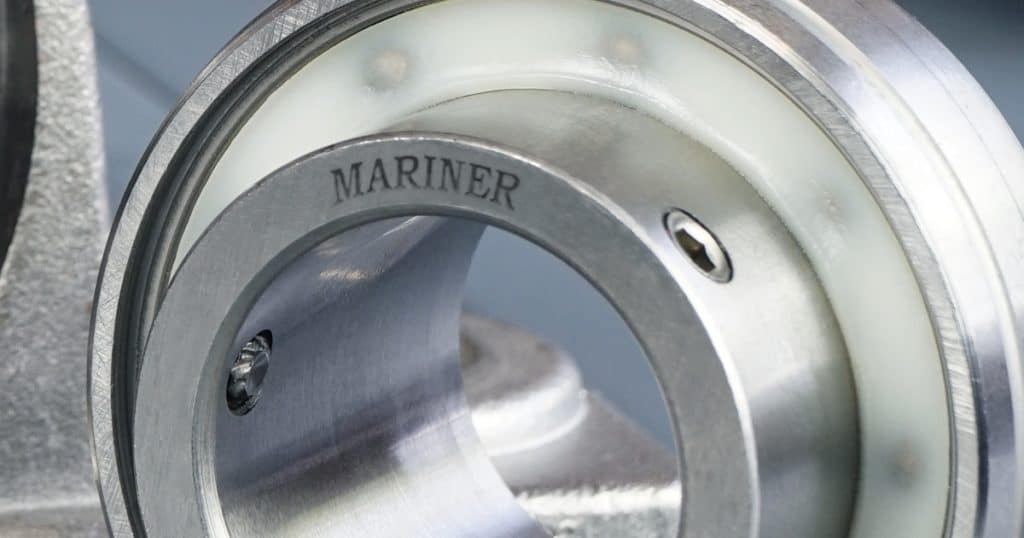Install a Mounted Bearing: A How To

Selecting the proper mounted bearing is only the beginning of an important process. For your system to run well, how you install a mounted bearing lays a foundation for the rest of the application. Some of the installation details will vary by bearing, so be sure to double-check your manual and installation instructions for specifics, such as tightening torque on set screws.
The first step to proper installation – before you even touch your tools – is making sure you have everything you need to install the part. This includes the instructions that came with the part, the right type of bearing for your drive, and a shaft that falls within specified tolerances. If your shafting is not the right size for your mounted bearing or has damage from a previous bearing, it could lead to premature failure.
Correctly installing your bearings is crucial in preventing premature bearing failure and other issues down the line. Here, we’ll give you a general overview of things to look out for as you install your mounted bearing.
Clean and prepare everything before beginning
Ensuring all your parts are clean and ready for installation is a crucial step. Wipe your shafting clean and remove any burrs. Contaminants and burrs could cause deformations in your bearing ring, leading to premature failure.
Likewise, the surface your bearing housing attaches to must be completely flat. The base of the housing must be able to mate with this surface without any obstruction. Unevenness can lead to unintended stress on the housing and can cause premature failure.
Once you’re satisfied that all surfaces are smooth and free of contaminants – place the mounted bearing in its desired position. There is a variety of bearing housing styles, and occasionally nuts or washers might be necessary for correct installation.
Tighten the screws properly during installation
Do not use anti-seize lubrication on the bearing or shaft, and make sure to tighten the screws alternately to ensure everything is even and level. Depending on the bearing you are installing, the attachment process will be slightly different. Consulting your manual is the key to success. Follow the instructions provided and be sure to mount your bearing to the shaft using the proper tightening torque.
Everything from set screw size to tightening values is listed and described in your manual. Carefully following these instructions is the first step in ensuring a long, productive life for your bearings. While lubrication-related issues are the leading cause of premature bearing failure, installation or mounting problems such as tightening your bearing too much or too little can significantly decrease operable life.
For adapter sleeve bearings, if the fit is too loose, it will vibrate excessively or move irregularly, causing wear and tear. Often brinelling can occur and lead to premature failure. Tightening too much can cause premature failure as well, due to excessive preloading.
Installation of more complicated bearings
Some types of bearings contain additional parts that can make the installation process more complicated. In these instances, follow the directions carefully. Generally, a diagram is included to specify the order you should follow when installing parts.
Every manufacturer will include instructions with each bearing, and it is important to review the details before beginning the installation process. Occasionally, updated instructions may coincide with changes to the bearing. Even the most experienced technicians require an occasional review, so a survey of the instructions is never a bad idea.
When installing mounted bearings, the manual is your guide
Sure, there are some universal steps involved when installing a mounted bearing. Cleaning and freeing all surfaces of debris is crucial. Ensuring everything is smooth and even must be done. Beyond that, you’ll need to follow the specific directions for your part. Not every bearing is the same, and they must be treated differently.
Questions about installation? Our customer service team is ready to help you. Contact us today.
Sort by category: Installation & Maintenance
Sort by topic: Bearings, Flange Bearing, Pillow Block Bearing, Turner




